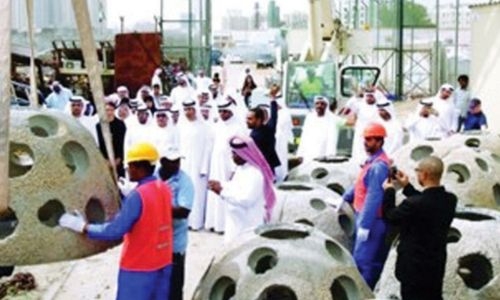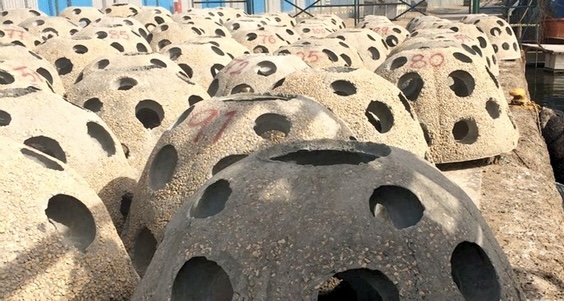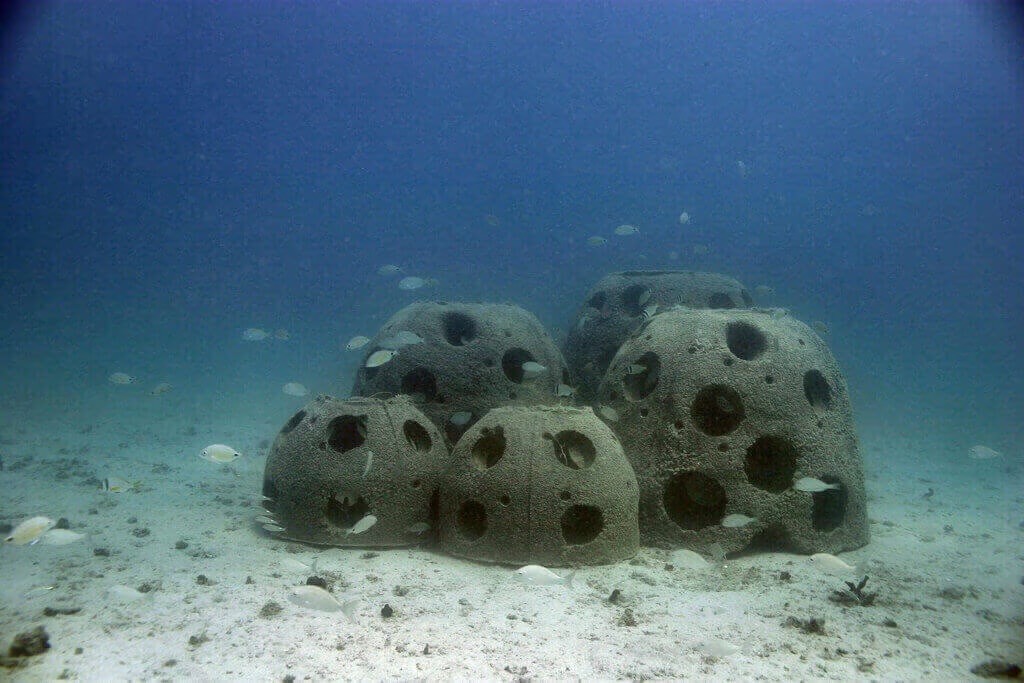Thumbs up for artificial reefs
TDT | Manama
The Daily Tribune - www.newsofbahrain.com
Email: mail@newsobahrain.com
Plans to build artificial reefs off Bahrain’s coastline to boost fish stocks and slash fishing costs have received cautious approval from the Supreme Council for the Environment (SCE), which is calling for a feasibility study and expressed a preference for concrete over earthenware materials.
The SCE expressed its support, in principle, for the North Municipal Council’s proposal.
“This support aligns with the council’s ongoing efforts to safeguard and preserve the marine ecosystem,” said the SCE in writing, noting that the initiative would contribute to the sustainability of Bahrain’s natural biodiversity and further the Kingdom’s strategic objectives.
The Northern Municipal Council initially approved the proposal in March, recommending the installation of artificial clay reefs within Bahraini waters to help reduce operational costs for local fishermen.
The council submitted the plan to the SCE, hoping it would also help lower fish prices in local markets. Municipal council member Abdullah Al Thawadi told The Daily Tribune: “Creating these reefs near Bahrain’s coastline would not only increase fish stocks in the area but also shorten the distances fishermen need to travel, easing the financial burden of their trips.”
He added: “These artificial clay reefs would provide a breeding ground for various fish species, offering a refuge for marine life to thrive.” While supporting the concept, the Supreme Council stressed the importance of a comprehensive study into its economic viability.
“It is crucial to consider all factors, including cost-effectiveness and available alternatives for reef construction, such as concrete or similar materials,” the SCE stated. The SCE also noted the success of concrete reefs, stating: “Concrete has been extensively tested and has proven to be more reliable due to its durability and longevity, whereas earthenware reefs have been used sparingly and primarily for experimental purposes.”
Related Posts



